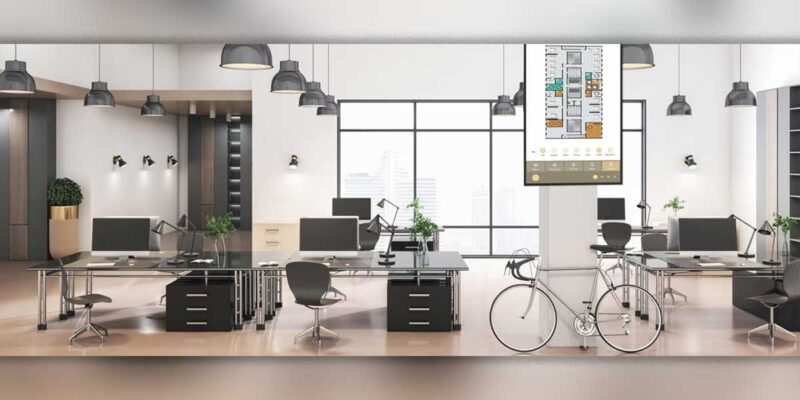AV Is HR
If you follow the debates in the social media space, you may already know there is a conversation happening about whether AV is now a subset of IT.
Many people believe now that many AV devices are now network endpoints running server or cloud-based virtual services and/or applications, that AV is definitely IT. Others argue that the skill sets needed to tune audio systems, address acoustics, and assure visual acuity and speech intelligibility span well beyond IT, and some AV systems, like in live events or houses of worship, may not include the network at all. The debate even has its own hashtag, #AVisIT.
In my typical fashion, I am tossing aside the question of whether or not AV is IT altogether, and instead, I put forward a completely different argument. AV is HR.

Before you roll your eyes, let’s zoom out a little.
The conversations around the future of work, work from anywhere, return to office are rampant and many are still struggling to find ways to use technology to upgrade their facilities to serve their workforce moving into the future. However, the process has been slow and no real benchmark has emerged as a north star for everyone to follow, and my assertion is that benchmark will never be realized.
Why? Because the fate of the office is not a facilities issue. We have an abundance of space. It is also not a technology problem. We have the technologies needed to provide the utility of work. It is a human-centric problem.
The workforce has taken ownership of their time and their agency to choose how and where to complete their work, and the truth is, that work can often be done from anywhere.
The winners in this new world of work will be the ones that embrace the fact that any strategy to re-envision their business, needs to start with the needs and motivations of their workforce, not the utility of work. Yes, the facility and network will be key parts of the delivered solution, and they will need to be designed to meet reliability, security and supportability, BUT they must start with the workforce and move backward.
If a company is to have physical space at all, it needs to be designed to elevate the work product, to connect employees to the mission of the business, to attract and retain top talent in a world of ever-waning corporate loyalty, and to speak to the personal motivations of employees with regards to exploration, aspiration, and inspiration.
Many employers are hoping a pending recession and tighter job market will create the power dynamic they need to enforce a return to the systems they were more comfortable with in the past. That is short-sighted. Any plan that lives by the power dynamic will also die by it when it shifts back. Real planning means thoughtful consideration of what has value to the company and to the employee, regardless of the market conditions.
Now apply the thinking above to how we design AV systems, and you’ll understand why AV design is now a people-centric process, where we use the workforce and workflows to guide designs and then make those designs acceptable to put on the network and assure the sightlines, lighting, acoustics of the facility are conducive to that outcome.
Everything we do in AV is interpreted through the soft, squishy matter of a human being. If we forget that, our customers will see low adoption of technology and low ROI on their investments. They’ll have technically elegant yet virtually useless systems. There will be no ROI, just technical debt.
So, with all that, I propose a new hashtag, #AVisHR. I can’t wait to hear your thoughts, and if you want to explore this at Infocomm, sign up for my workshop as well on Creating the New Connection Center.
*For another take on the importance of people in the design process, take a look at this piece by Deloitte in the Harvard Business Review as well.





